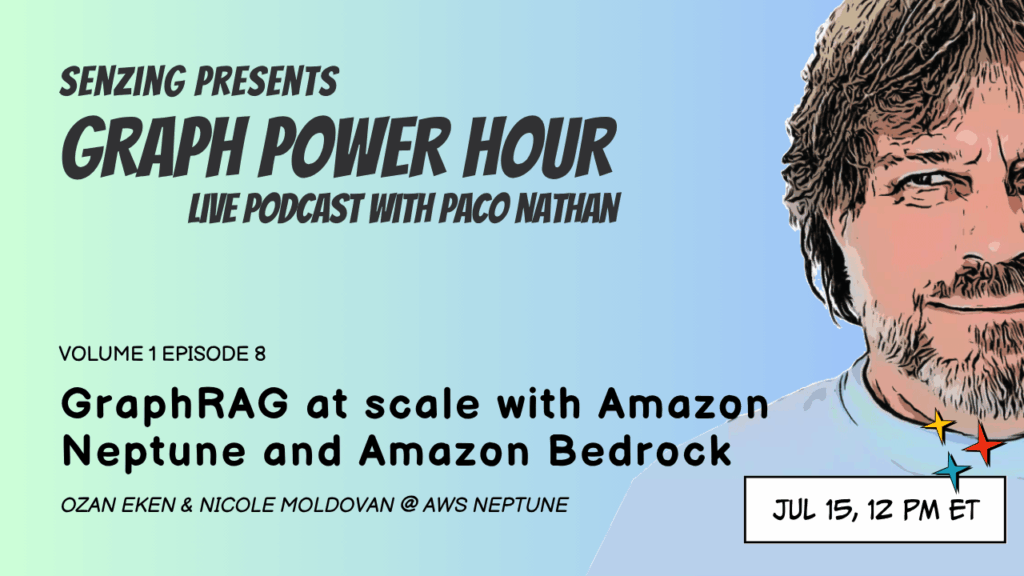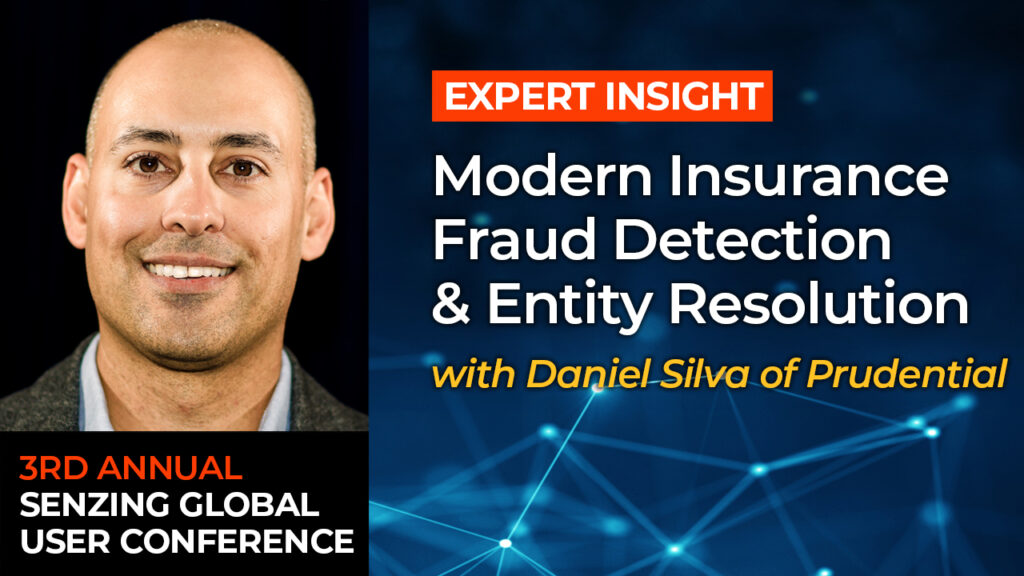Federal Tech Podcast
How Federal Agencies Use Entity Resolution to Spot Bad Guys Hiding in Their Data
Interview with Will Layton of Senzing and Host John Gilroy
A New Look at an Old Challenge
One of the toughest data challenges in government is knowing exactly who you’re dealing with, and who they’re connected to.
In a recent episode of the Federal Tech Podcast, Senzing Senior Vice President of Global Sales Will Layton joined host John Gilroy to explain how entity resolution helps agencies build complete records, uncover hidden connections and improve data confidence – whether systems are on-prem, in the cloud or air-gapped.
The conversation breaks down why entity resolution matters now more than ever, especially as federal teams navigate growing data volumes, increased automation and shifting expectations around speed, efficiency and transparency.
 Understanding Entity Resolution
Understanding Entity Resolution
“Entities are people, companies, vehicles, vessels,” Layton explains. “Entity resolution is the process of determining when real-world entities are the same, despite differences in how they are described or inconsistencies in how data was entered.”
Senzing® entity resolution technology helps federal organizations assemble more complete, accurate records by identifying and resolving duplicates, variations and hidden connections in data. For example, ‘Will Layton’ might also be ‘William Layton’ or ‘Bill Layton.’ Or, any of those first names with the last name ‘Leighton.’ The name might even appear as ‘Muhammad Leytan’ and, if the data supports it, Senzing will identify which ones are the same person.
But it doesn’t stop at names. Senzing compares and matches across addresses and identifiers like Social Security numbers, and across scripts, languages and date formats – all without changing or “cleaning” the data. The result is clearer insights, stronger decisions and less manual work.
Built for Government Needs
Senzing was purpose-built to run in federal environments. The software works in public, private and hybrid cloud deployments, as well as in completely air-gapped systems (50% of our customers run in air-gapped environments). Because no data ever flows to Senzing (it stays in your environment), it fits the strict privacy and security requirements of even the most sensitive agencies.
“We don’t process the data. We don’t host it. We don’t see it or want to see it, ever,” Layton emphasizes. “That makes our software a compelling choice for agencies navigating strict PII and privacy compliance requirements.”
With a developer-friendly SDK, Senzing integrates directly into existing systems without needing a custom build. And thanks to free evaluation tools and pricing transparency, teams can explore results and understand costs before deploying the technology.
Highlights from the Episode
The episode touches on several capabilities that make Senzing a strong fit for federal data environments, including:
Real Time Resolution – New records are resolved instantly, with immediate insights across millions of entries, even across languages, scripts and formats.
Explainability by Design – Senzing shows why records match and, just as important, why they don’t, enabling teams to validate results and support investigations and audits.
Runs Anywhere – Whether hosted in AWS, Microsoft Azure, GovCloud or fully offline, Senzing is engineered for flexible, secure deployment.
No Data Cleansing Required – Because Senzing works with raw data, agencies can reduce the time spent on manual prep and still achieve high-confidence matching.
How One Agency Used Senzing to Uncover Fraud
In the podcast, Layton also shares examples from real-world agency use cases, including how the United States Citizenship and Immigration Services (USCIS) used Senzing to uncover fraudulent law firms tied to visa applications – a job that would have been nearly impossible with traditional tools or in-house development. “You want to find the non-obvious relationships,” he explains. “That’s really how Senzing finds the bad guys.”
Listen to the Full Conversation
Tune into Episode 230 of the Federal Tech Podcast to hear how agencies use entity resolution to find the facts – and the fraud – hidden in their data.
Related Resources
Read about Senzing public sector customers and partners
Read the United States Citizenship and Immigration Services (USCIS) Case Study




